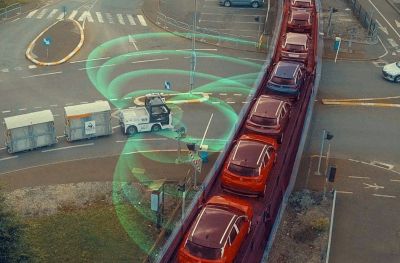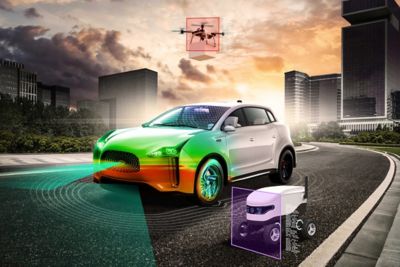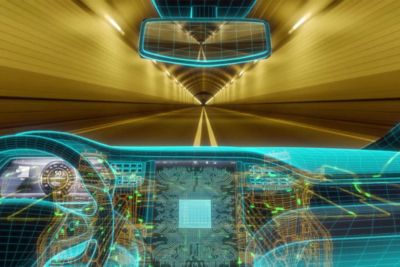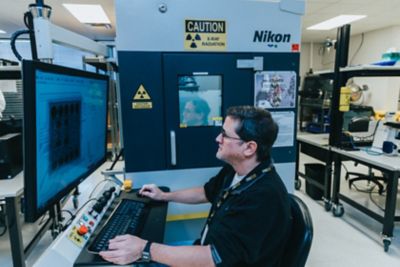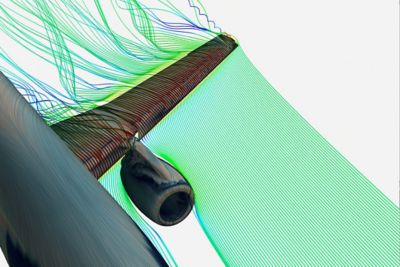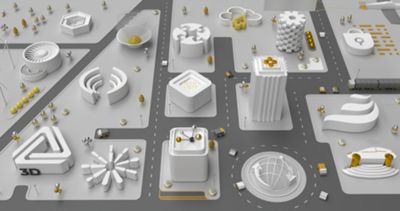eBook
How Engineering Simulation Drives Impact for Sustainability
For decades, engineering simulation has been the engineer’s Swiss Army knife for improving the speed and cost of developing new products and bringing product performance to the next level. This report reveals that while simulation has already made a significant contribution to advancing sustainability, there is still so much potential to make an even greater impact. The use cases analyzed in this report reveal that transitioning from an old to a new product generation with engineering simulation has more than doubled the sustainability impact, thereby reducing product-related downstream emissions by up to 10% in the cases assessed.
The following insights were uncovered by applying the methodology for measuring the impact of simulation on sustainability in three use case examples at different companies:
- Infineon AG, where simulation of an optimal traction inverter configuration helped with doubling the efficiency, cutting total electrical losses by 50%, and enabling a 2-3% reduction of scope 3 downstream emissions of electric vehicles.
- Danfoss Drives, where simulation helped its new drive platform achieve a reduction in use phase emissions compared to the previous generation.
- Mars, where — in their aim to redesign more than 12,000 packaging types for enhanced sustainability — simulation has made a significant impact by reducing the plastic required for physical prototypes and finished products.
Read the report to learn how Infineon AG, Danfoss Drives, and Mars used simulation to improve their sustainability efforts.
McKinsey & Company provided research and analytical support for this report, and we thank them for their contributions.
